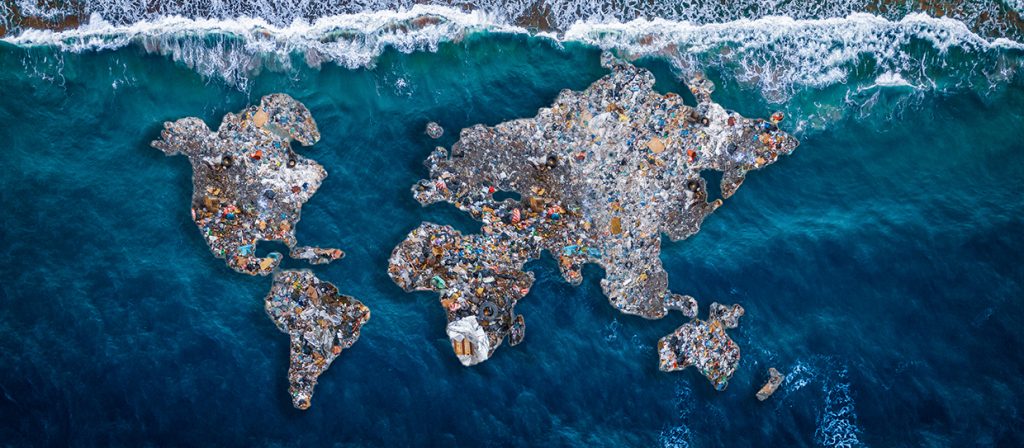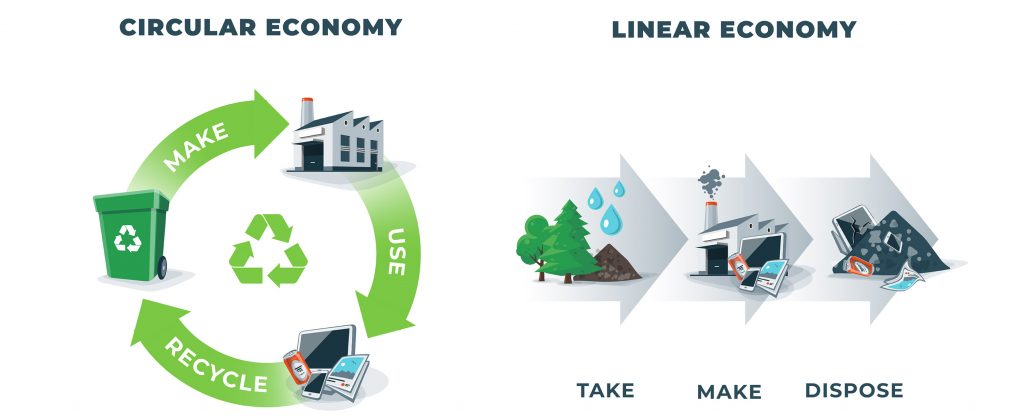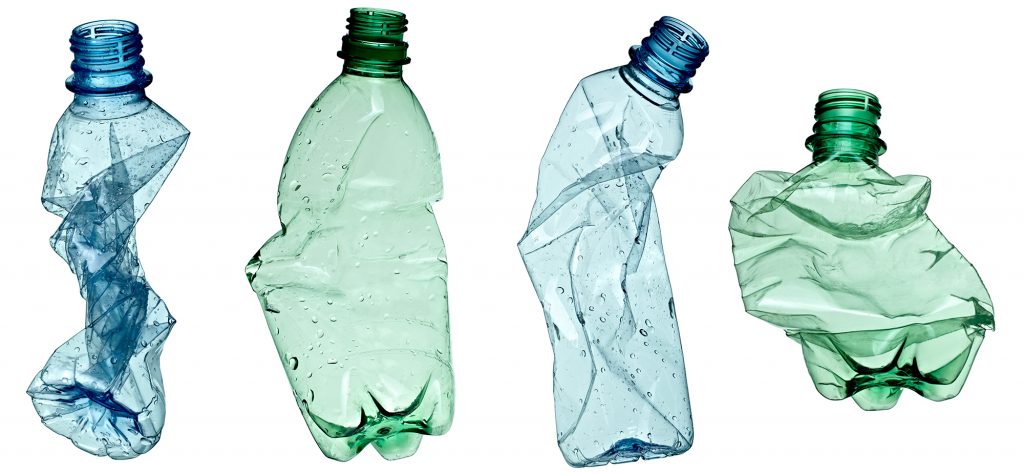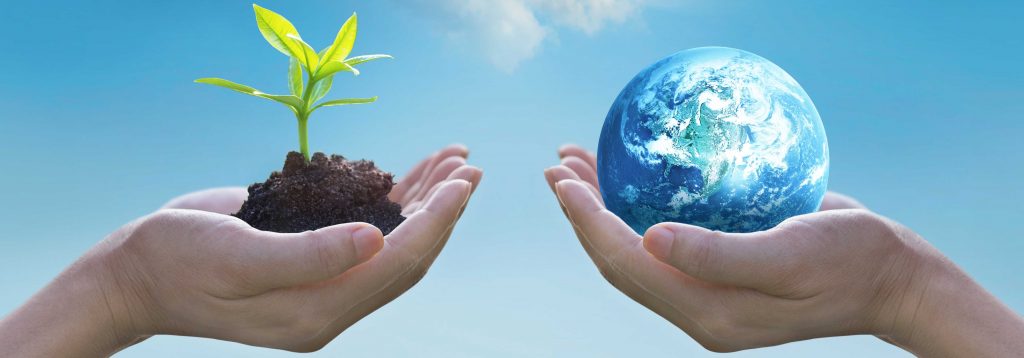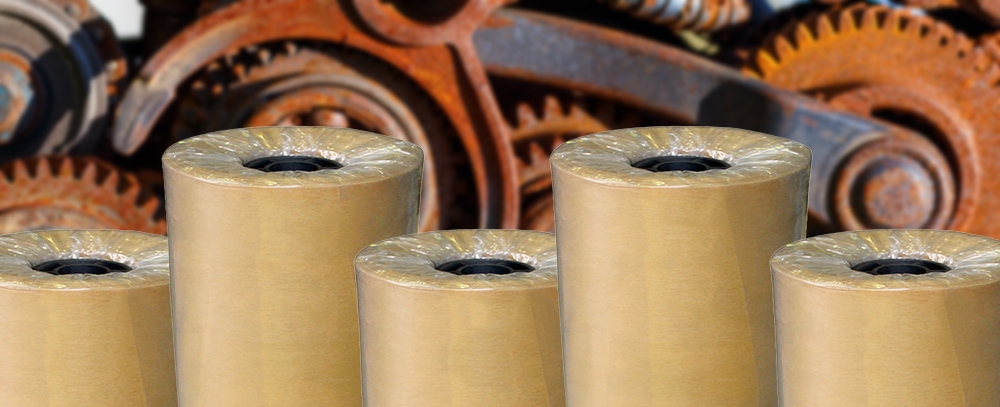And why it matters for your business

If you’re interested in starting an environmentally sustainable business, you’ll have to think about whether your products or packaging are biodegradable. For such a common term, though, there is plenty of confusion about what it actually means.
So, what does it mean for something to be biodegradable? In basic terms, the definition is simple: If something is biodegradable, then, given the right conditions and presence of microorganisms, fungi, or bacteria, it will eventually break down to its basic components and blend back in with the earth. Ideally, but not always, these substances degrade without leaving any toxins behind.
For example, when a plant-based product might break down into carbon dioxide, water, and other naturally occurring minerals, the substance seamlessly mixes back into the earth, leaving no toxins behind. Unfortunately, many materials—even ones with a biodegradable label—do break down in a more harmful manner, leaving chemicals or other damaging substances in the soil.
In terms of environmental benefits, the best biodegradable material will break down quickly rather than taking years. It leaves nothing harmful behind and saves landfill space. Unfortunately, not everything that’s advertised as “biodegradable” meets these criteria. If you’re going to run a green business, you should know how to make sure the materials you use are safely and efficiently biodegradable, as well as accurately labelled.
What Materials Are Biodegradable?
Some items are obviously biodegradable. Examples include food scraps and wood that hasn’t been treated with chemicals to resist bugs and rot. Many other items, such as paper, also biodegrade relatively easily. Some products will biodegrade eventually, but it may take years. This includes steel products, which eventually will rust through and disintegrate, and some plastics.
However, conditions are important to encourage biodegradability. Products that will biodegrade in nature or in home compost heaps may not biodegrade in landfills, where there’s not enough bacteria, light, and water to move the process along.
Biodegradable ≠ Compostable
Many organic companies use biodegradable packaging for products or produce organic biodegradable products, but the items may not be as biodegradable as customers think. To make matters more confusing, many items are labelled as “compostable.”
Compostable products are all biodegradable, but they are specifically intended for a composting environment. In the right setting, these products break down even more quickly, usually within 90 days, and they leave behind a nutrient-rich organic material called humus, which creates a healthy soil environment for new plant growth.
Whether an item is compostable or simply biodegradable, it needs to be placed in an environment that facilitates its breakdown. Compostable products require composting environments. But, even some biodegradable items need to be degraded in a controlled composting environment or facility—and very few of these facilities exist in the United States. These large facilities are designed to keep materials at 140 degrees Fahrenheit for 10 consecutive days.
For example, PLA, a popular biodegradable material for green companies, will only decompose into carbon dioxide and water in a controlled composting environment, not in a backyard composting arrangement, according to standards developed by the Biodegradable Products Institute.
With all of these variables, business owners need to communicate clearly with their customers about what they mean when they say “biodegradable.” Even better are those businesses that take it a step further and educate their customers about how to properly dispose of their products.
Biodegradable Claims on Plastic in California
Businesses operating or selling to customers in California will have an extra impetus to be careful with these terms. California tends to have more stringent regulations involving food and product environmental claims (hence the warning labels stating items have been “found by the State of California to cause cancer, birth defects or other reproductive harm”).
When it comes to biodegradable claims, the state is also out in front with regulations limiting the use of certain terms. For example, in Calfornia, it’s illegal to sell any plastic item, or any item with plastic packaging, that includes a label stating it’s “biodegradable,” “degradable,” “decomposable,” “compostable” or “marine degradable” (or any alternate form of those terms).
It’s also illegal in the state to sell a plastic product labeled “home compostable” (or some equivalent claim) unless the manufacturer holds a Vincotte OK Compost HOME certificate. Vincotte is a Belgium-based inspection and certification organization. Finally, the state bans the use of potentially misleading marketing terms, such as “environmentally friendly,” when they’re applied to plastic products and packaging.
Use Terms Carefully
Whether you’re doing business in California or not, it’s wise to be thorough in planning your sustainable business. After all, terms like “biodegradable” are only meaningful if using them actually helps the environment. And that’s the goal for more and more business owners today.
